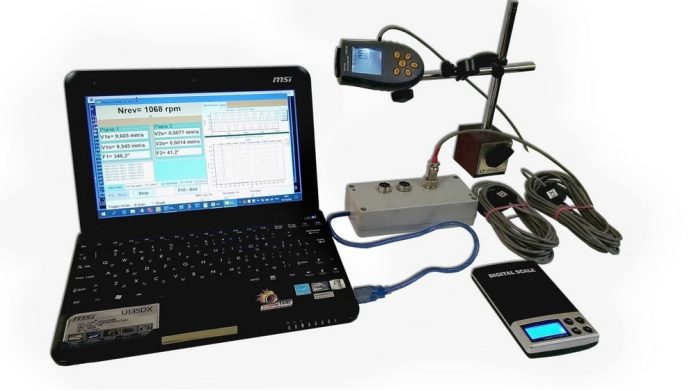The threshing drum is a critical component of combine harvesters, responsible for separating grains from chaff and straw. Efficient operation of the threshing drum is essential for optimal harvesting results, but it can be compromised by imbalance issues. This guide details the process of balancing threshing drums, emphasizing the importance of precision and regular maintenance to ensure peak performance and minimize wear and tear on the harvester.
Importance of Threshing Drum Balancing:
An unbalanced threshing drum can lead to several operational issues:
- Increased Vibration: This not only stresses the harvester’s structure but also accelerates the wear on bearings and other components.
- Reduced Efficiency: Imbalance can cause uneven load distribution, hindering the drum’s performance and reducing the quality of threshing.
- Higher Fuel Consumption: The extra effort required to operate an unbalanced drum can lead to increased fuel usage.
- Operator Fatigue: Vibration contributes to a less comfortable operating environment, which can tire the operator more quickly.
Balancing Process:
- Initial Assessment: The first step involves conducting a detailed assessment using vibration analysis tools to identify the degree and source of imbalance.
- Preparation and Setup: Before proceeding, ensure that the drum is clean and that all components are properly installed. Use the Balanset-1 for precise measurement and calibration.
- Data Collection: Run the drum at operational speed and record the vibration levels from various angles to accurately pinpoint imbalance areas.
- Adding Balancing Weights: Calculate the correct weight and placement for balancing weights. Attach weights to the drum, typically at the ends of the drum axis, to counteract the identified imbalances.
- Testing and Adjustment: After installing the weights, perform another test run. Measure the vibration again to check if the balance has been restored to acceptable levels. Adjust as necessary.
- Regular Maintenance and Monitoring: Establish a routine for checking the balance of the threshing drum, especially before peak harvesting seasons. Regular maintenance helps avoid unexpected downtime and ensures continuous efficient operation.
Advanced Techniques for Complex Issues:
For particularly challenging imbalance problems, more sophisticated techniques such as two-plane dynamic balancing may be required. This method is used when a single-plane approach is insufficient to correct the imbalance due to the drum’s length or operational complexity.
Benefits of Regular Drum Balancing:
Regularly balancing the threshing drum of a combine harvester ensures consistent performance and optimal grain quality. It reduces mechanical stress on the harvester, lowers repair costs, and extends the lifespan of the machinery. Effective balancing also leads to smoother operation, which enhances operator comfort and safety.
Conclusion:
The balancing of threshing drums is a critical maintenance task that should not be overlooked in the pursuit of agricultural efficiency. Employing precise tools and techniques for regular balancing can dramatically improve the performance of combine harvesters and reduce operational costs.
